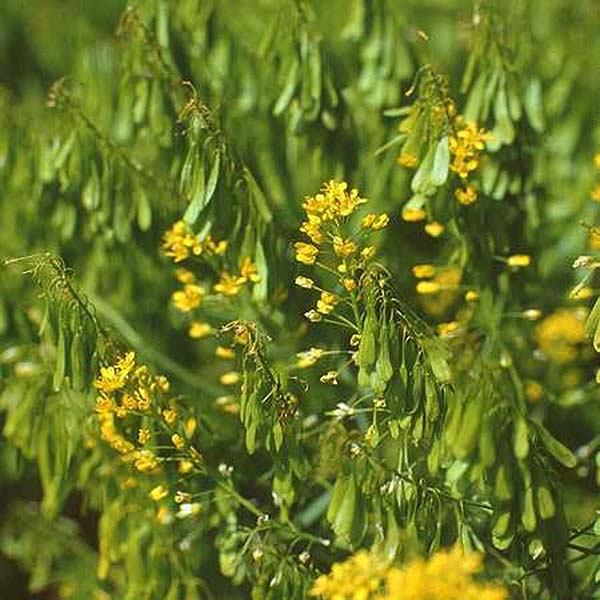Thyme Garden | SKU:
SEE-2223
Typically Ships in 1-3 Days
Woad Dye Seed Pack / Blue
$525
Unit price
/
Unavailable
Taxes, discounts and shipping calculated at checkout.
Couldn't load pickup availability
Cultivated as a source of an excellent blue dye for over 2000 years in Europe.
Used by the ancient Celts to paint their bodies blue.
Woad was also used in ancient Greece and Rome for a variety of medicinal purposes including antiseptic wound treatments, fever reduction, and ulcers.
Description
- Scientific Plant Name: Isatis tinctoria
- Common Names: Woad, Dyer's Woad, Glastum or Asp of Jerusalem
- Plant Type: Biennial
- Height @ Maturity: 2 - 4'
- Packet Weight: ~10g
Growing Tips
- Best in full or partial sun.
- Fertile, well draining soils.
This plant is listed as a noxious weed in one or more states. Please check with your local agricultural extension office before growing under conditions that could lead to dissemination.
NOTE: Certain U.S. states do not permit the growing of some of these seeds, viewing them as "invasive." Please adhere to the regulations in your area.


